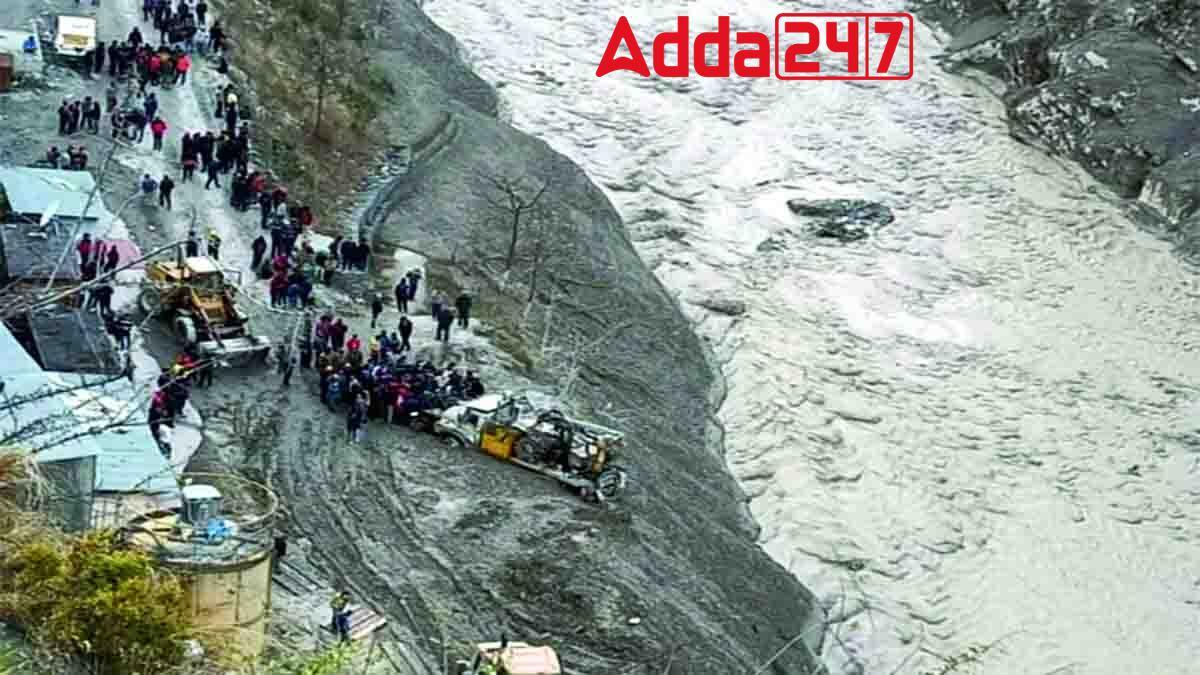The state government of Uttarakhand has initiated proactive measures to assess and mitigate the risks associated with Glacial Lake Outburst Floods (GLOFs). Two expert panels have been established to conduct risk assessments and monitor five high-risk glacial lakes in the region. These lakes have been identified as prone to immediate danger, necessitating urgent attention and intervention.
Understanding GLOFs
GLOFs occur when the water levels in glacial lakes experience sudden rises due to various glacial activities, posing significant threats to surrounding areas. The formation of GLOFs is primarily attributed to glacial melting and subsequent outbursts, which can lead to devastating floods downstream.
Early Warning Systems for GLOFs
In response to the heightened risk of GLOFs, advanced radio technologies have been employed to enhance early warning systems. The ‘extended line of sight’ (ELOS) methodology utilizes ground wave signals to transmit warning signals across remote stations in valleys, such as those in Uttarakhand. These systems play a crucial role in alerting authorities and communities about potential GLOFs, enabling prompt responses to mitigate the impact and prevent disasters.
Impact of Climate Change and Human Activities
The occurrences of GLOFs in Uttarakhand, including significant events such as the 2013 incident in Kedarnath valley and the recent Chamoli incident, underscore the vulnerability of the region to climate change-induced risks. To address this, the government has formed committees to monitor human activities and disruptions caused by climate change in the valleys. Additionally, ongoing scientific research aims to understand the implications of drastic weather changes in mountainous and lowland environments, particularly their contribution to GLOF occurrences.



 Ashwini Vaishnaw Inaugurates India’s 5...
Ashwini Vaishnaw Inaugurates India’s 5...
 Vriksharopan Abhiyan 2024 Launch in Dhan...
Vriksharopan Abhiyan 2024 Launch in Dhan...
 India's Installed Nuclear Power Capacity...
India's Installed Nuclear Power Capacity...
